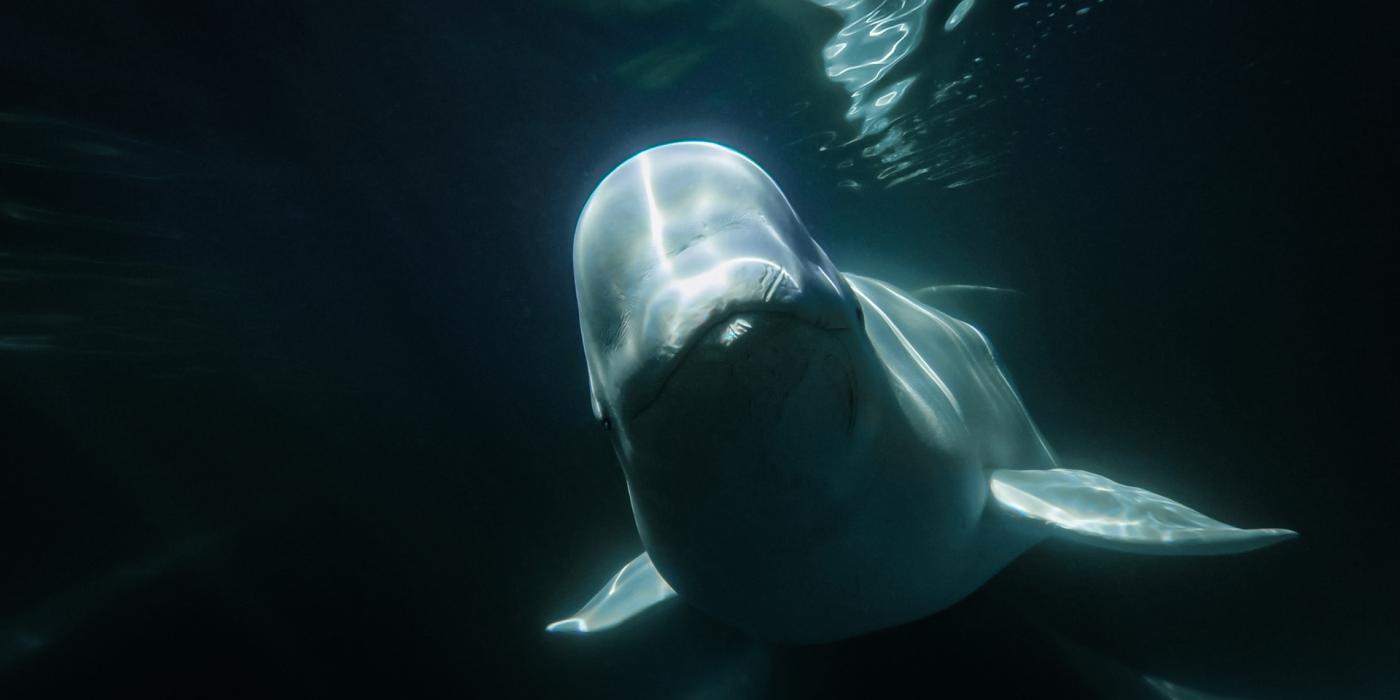- Things To Do
- Events
- Food & Drink
-
Places To Go
- Winnipeg
- Churchill
- Eastern Region
- Central Region
- Interlake Region
- Parkland Region
- Western Region
- Manitoba North
- Must-See Destinations
-
Itineraries
- Island Getaway on the Prairies
- Wheat City Wanderings in Brandon
- Escape to the water and the wild
- St. Boniface Winter: Passion and History
- Follow the path to a story in Neepawa
- Unleash your inner Viking this winter
- Explore Clear Lake this winter like never before
- Breathe in the Whiteshell this winter
- Go North for a boreal forest escape
- Treaty Areas
- Where To Stay
- Trip Essentials
- #ExploreMB Blog
Navigation Options
- FREN
- Things To Do
- Events
- Food & Drink
-
Places To Go
- Winnipeg
- Churchill
- Eastern Region
- Central Region
- Interlake Region
- Parkland Region
- Western Region
- Manitoba North
- Must-See Destinations
-
Itineraries
- Island Getaway on the Prairies
- Wheat City Wanderings in Brandon
- Escape to the water and the wild
- St. Boniface Winter: Passion and History
- Follow the path to a story in Neepawa
- Unleash your inner Viking this winter
- Explore Clear Lake this winter like never before
- Breathe in the Whiteshell this winter
- Go North for a boreal forest escape
- Treaty Areas
- Where To Stay
- Trip Essentials
- #ExploreMB Blog
14 fascinating facts about beluga whales
Posted July 18, 2018 | Author Alexis McEwen
It’s a fact: beluga whales are awesome (source: everyone who’s ever seen one). These cool white whales are a fun bunch with a some interesting features. So let’s dive in and learn about the whales that can be seen during the summer months in Churchill, Manitoba.

Photo by Build Films
The whale of many names
1. Beluga actually means “the white one” in Russian. The beluga whale is also known as white whale, melonhead or sea canary.
2. The beluga’s white skin allows them to camouflage among the ice of the Arctic and sub-Arctic. Beluga calves are born grey and they begin to lose their colour until their turn white at age seven for females and age nine for males. The estimated life expectancy of a whale is usually not more than 30 years.
Nice melon
3. The bump on the beluga’s head is called a melon, which changes shape depending on the sound the whale is emitting.
4. Belugas can make up to 11 different sounds, such as chirps, whistles, cackles, and squawks. Their range of sounds is the reason why they’re sometime called sea canaries.
5. Beluga whales have a highly developed sense of hearing.
No fin? No problem!
6. Unlike other whales, the beluga whale has no dorsal fin – letting it swim with ease below ice. The whales use their hard dorsal ridge and their heads to open holes in thick ice.
7. And belugas are unique among whales and dolphins because they can turn their heads, improving their field of view and making them extra cute.
The world’s most powerful pair of glasses
8. If Finding Dori taught me anything (spoiler alert), it’s that friends area also your family. And also that belugas use echolocation, which is like “the world’s most powerful pair of glasses”. This natural sonar allows the whales to swim with ease, to hunt, to communicate, and find to blowholes under sheets of ice. A series of clicks pass through the melon, which projects the sounds as a beam through the water. The sound waves bounce off objects in the water as echoes that tell the whale about the distance, speed, size, shape and even the internal structure of the objects in the sound beam.
Heads up!
9. Polar bears and killer whales are the belugas’ main predators.
10. Instead of using their teeth to chew their food, belugas use them to hold their prey and swallow them nearly whole.
BFFs (beluga friends forever)
11. Beluga whales are extremely friendly and social and form groups of an average of 10 whales, but during their summer migration they can gather in the thousands (like they do in the warmer waters of the Churchill and Seal River estuaries where they feed and give birth).
12. Belugas are curious and will swim around and under boats.
13. Belugas like to play! Pods sometimes chase each other and they will play with objects they find in the water, like wood, plants, dead fish, or bubbles.
Close encounters of the beluga kind
14. There are a number of different ways to go on a beluga whale watching adventure in Churchill (including snorkelling!).

About The Author
I'm Alexis, Communications Manager for Travel Manitoba. I write about all kinds of awesome things that happen in Manitoba. And when I'm not writing about awesome things, I do my best to get out and experience them with my husband and two young sons.
Communications Manager
